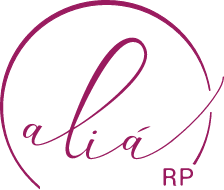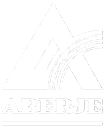Today’s workplace has never been more diverse. For the first time, four generations—Baby Boomers, Generation X, Millennials, and Generation Z—are working side by side, each bringing distinct cultural references, communication styles, and workplace expectations.
This diversity presents a powerful opportunity for innovation, knowledge-sharing, and professional growth. However, when communication breaks down, differences can become barriers, impacting alignment, engagement, and productivity.
How can companies turn generational diversity into a competitive advantage?
The root of most intergenerational communication noise isn’t just age—it’s the way each generation expresses itself, receives feedback, and perceives hierarchy.
- Communication styles: Some generations prefer structured, pre-planned meetings, while others favor direct and concise exchanges.
- Feedback expectations: While some value formal performance reviews, others seek immediate and continuous feedback.
- Hierarchy and autonomy: For some, clear processes and respect for authority are essential, whereas others prioritize flexibility and independence.
When these differences go unaddressed, teams can become disconnected, engagement declines, and collaboration suffers.
Here’s how:
The key is to create bridges that foster understanding and collaboration across generations. Here’s how:
- Adapt communication to individual preferences
Adjust meeting formats, feedback approaches, and daily interactions to accommodate different styles. Not every message needs to be a lengthy email, but not everything should be a quick chat either.
- Create spaces for knowledge-sharing
Reverse mentoring can be a powerful tool for generational exchange—experienced professionals contribute long-term vision, while younger employees bring fresh perspectives and agility.
- Balance tradition and innovation
The goal isn’t to discard established methods or force new ones but to integrate practices that respect different ways of working.
- Contextualize feedback
While formal reviews are essential for certain processes, frequent and informal feedback can enhance agility and team performance. Striking the right balance is key.







